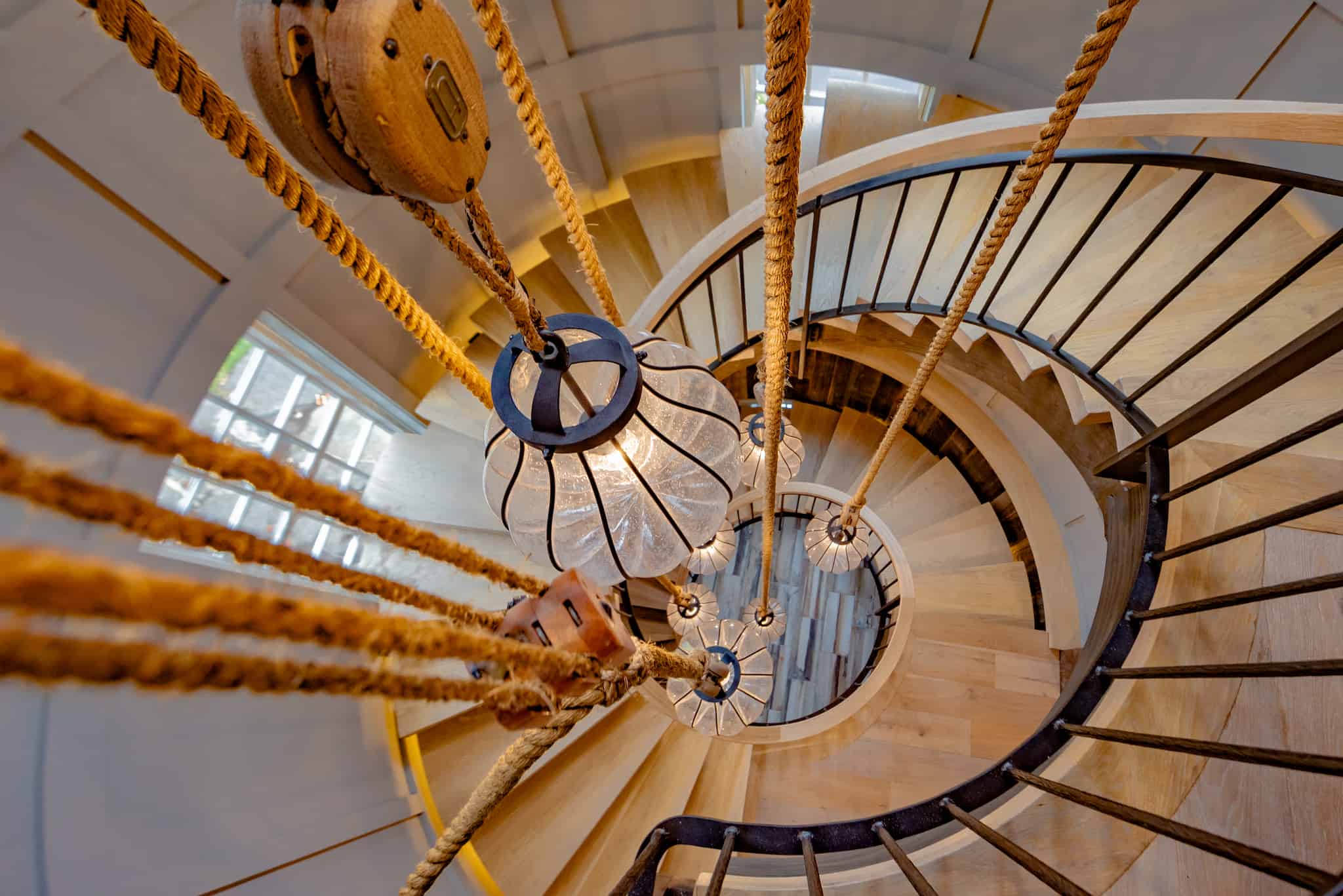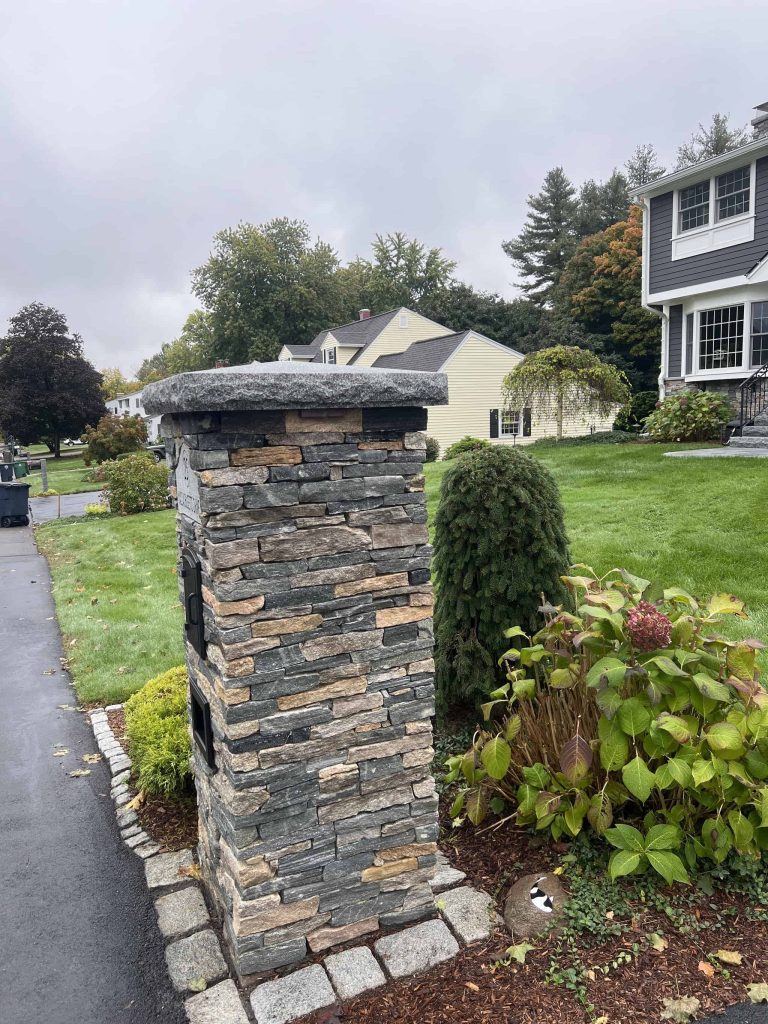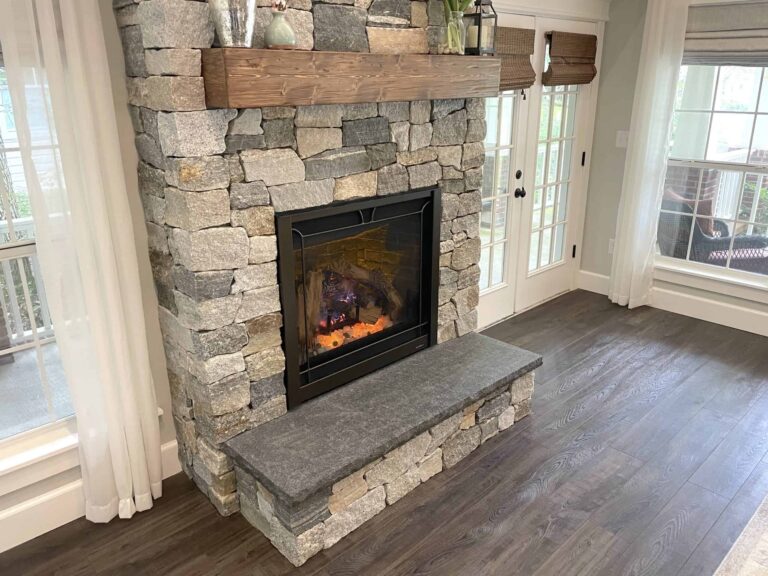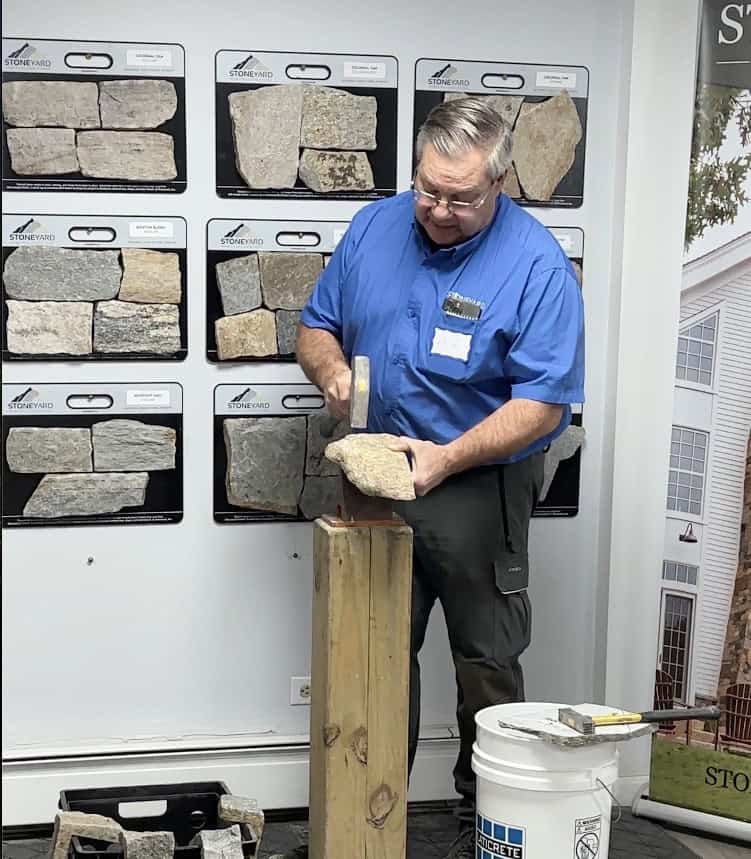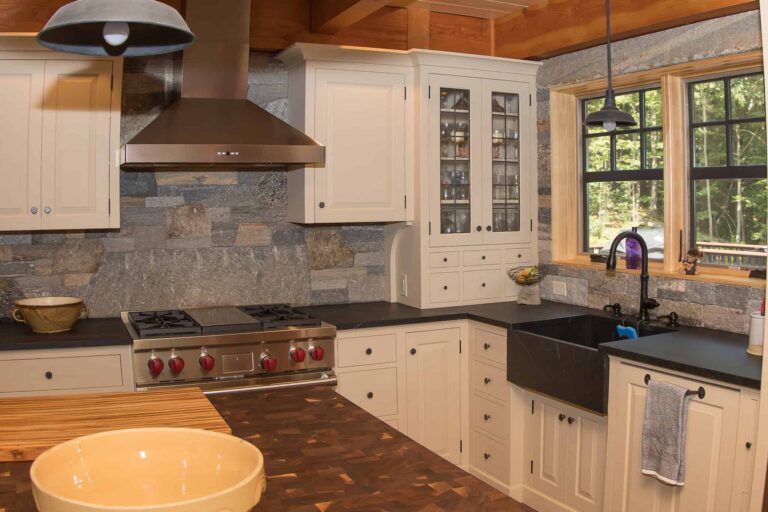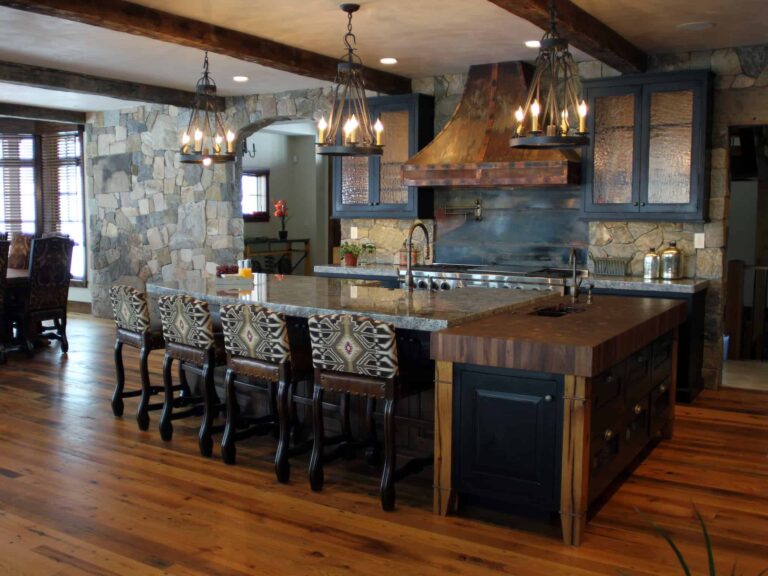Discovering the Unmatched Beauty of Natural Stone Veneer
Discovering the Unmatched Beauty of Natural Stone Veneer
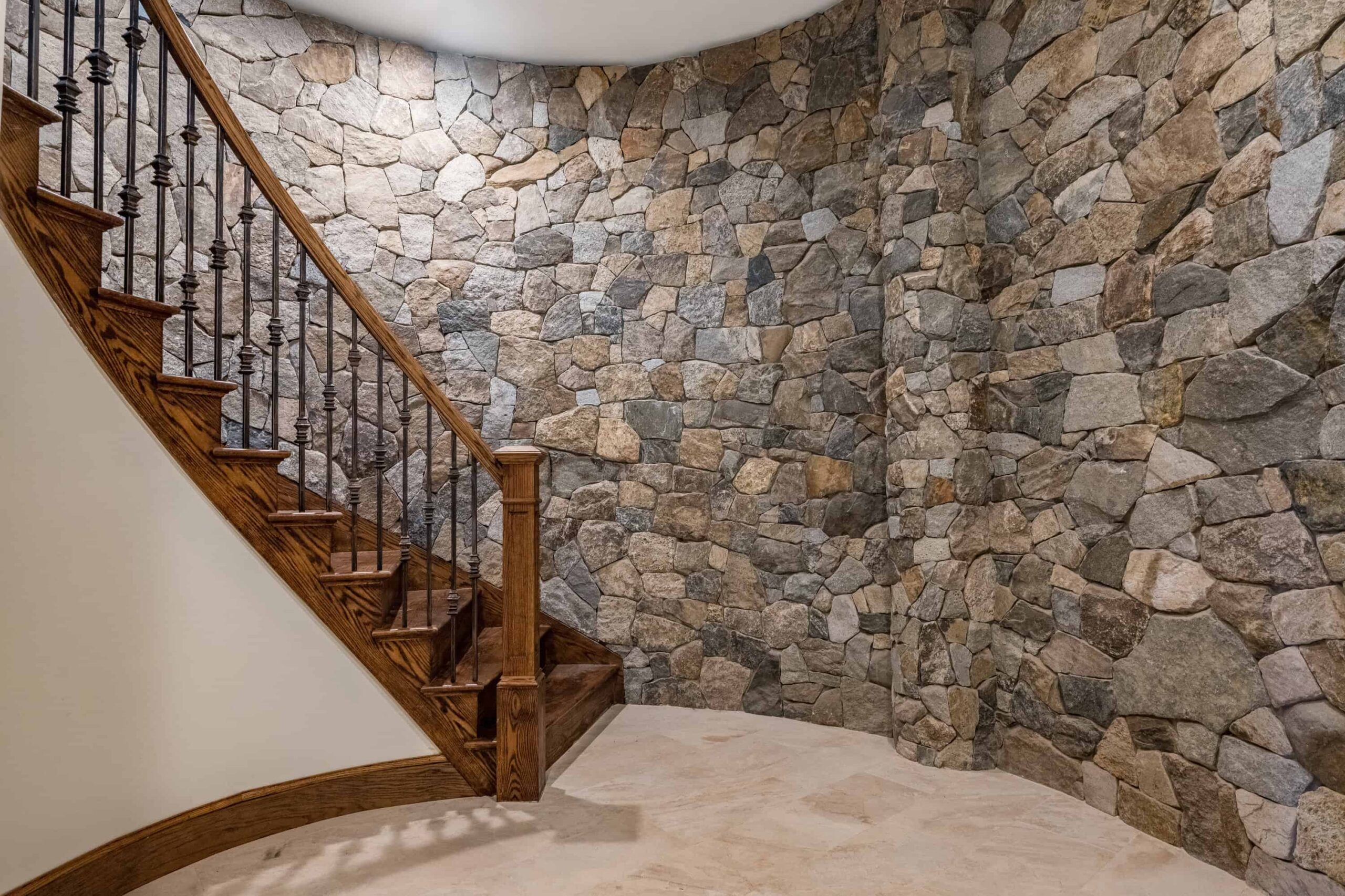
Understanding the nuances of natural stone veneer is essential for mason contractors, architects, and individuals constructing new homes or upgrading and remodeling. The inherent beauty and resilience of this material have made it a favorite choice in various construction projects.
In this article, we will delve into the fascinating world of both faux and natural stone veneers. We’ll uncover how molds play an integral role in creating faux stone veneer, understand the unique mixture that forms its composition, and explore the process involved in setting up and removing these manufactured stones.
We will also shed light on the extraction process for natural stones used to produce authentic thin stone veneer siding. Our discussion extends to cutting techniques employed during production while highlighting how these processes ensure each piece retains its unique features.
Furthermore, you’ll gain insights into comparing durability between faux and natural stone thin veneer – focusing on longevity factors as well as cost versus durability analysis. Lastly, we’ll touch upon Stoneyard.com’s extensive range of products that celebrate nature’s artistry through their diverse offering of cultured stone veneers.
Understanding Faux Stone Veneer
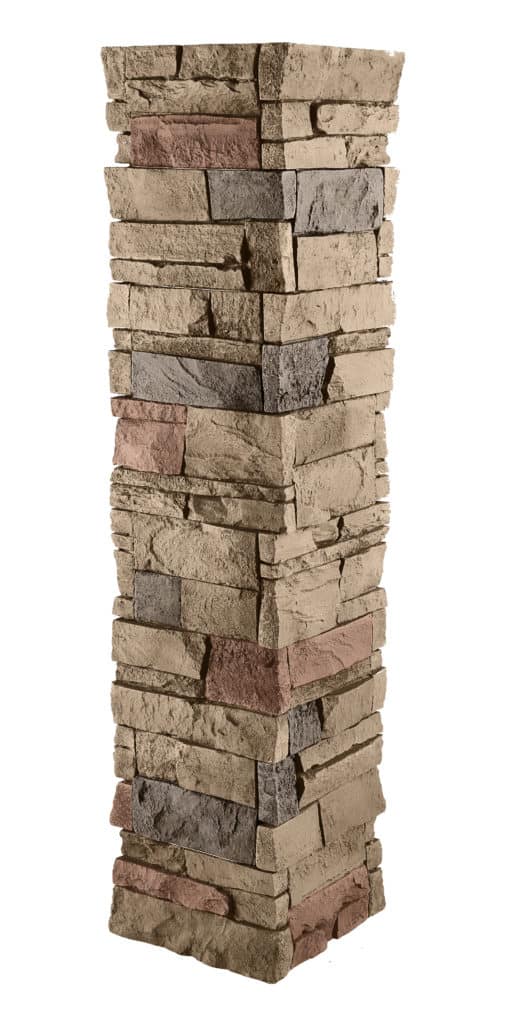
We’re diving into the world of faux manufactured stone veneers, a marvel of human ingenuity.
This cost-effective alternative to natural stones is created through an intricate process that deserves exploration.
The Role of Molds in Creating Faux Stone Veneer
Molds play a crucial role here. Manufacturers take real stones and mold their faux twins. Concrete Network‘s guide on molds can give you more insight into this fascinating process.
Composition of the Special Mixture for Faux Stone Veneer
A special concoction goes into these molds next. Cement forms its base while lightweight aggregates add structure. Iron-oxide pigments are thrown in too – they bring color to life.
Process Involved in Setting and Removing Faux Stone Veneer
The mixture sets within the mold, filling every nook and cranny. The result? A perfect imitation ready to be carefully removed.
In essence, faux stone veneers are not just another product off a production line; they’re artistry born out of meticulous planning and execution. They mirror nature so closely that even discerning eyes might find them hard to tell apart.
Now, let’s shift gears and delve deeper into the production of natural stones…
Delving into the World of Natural Stone Veneer Production
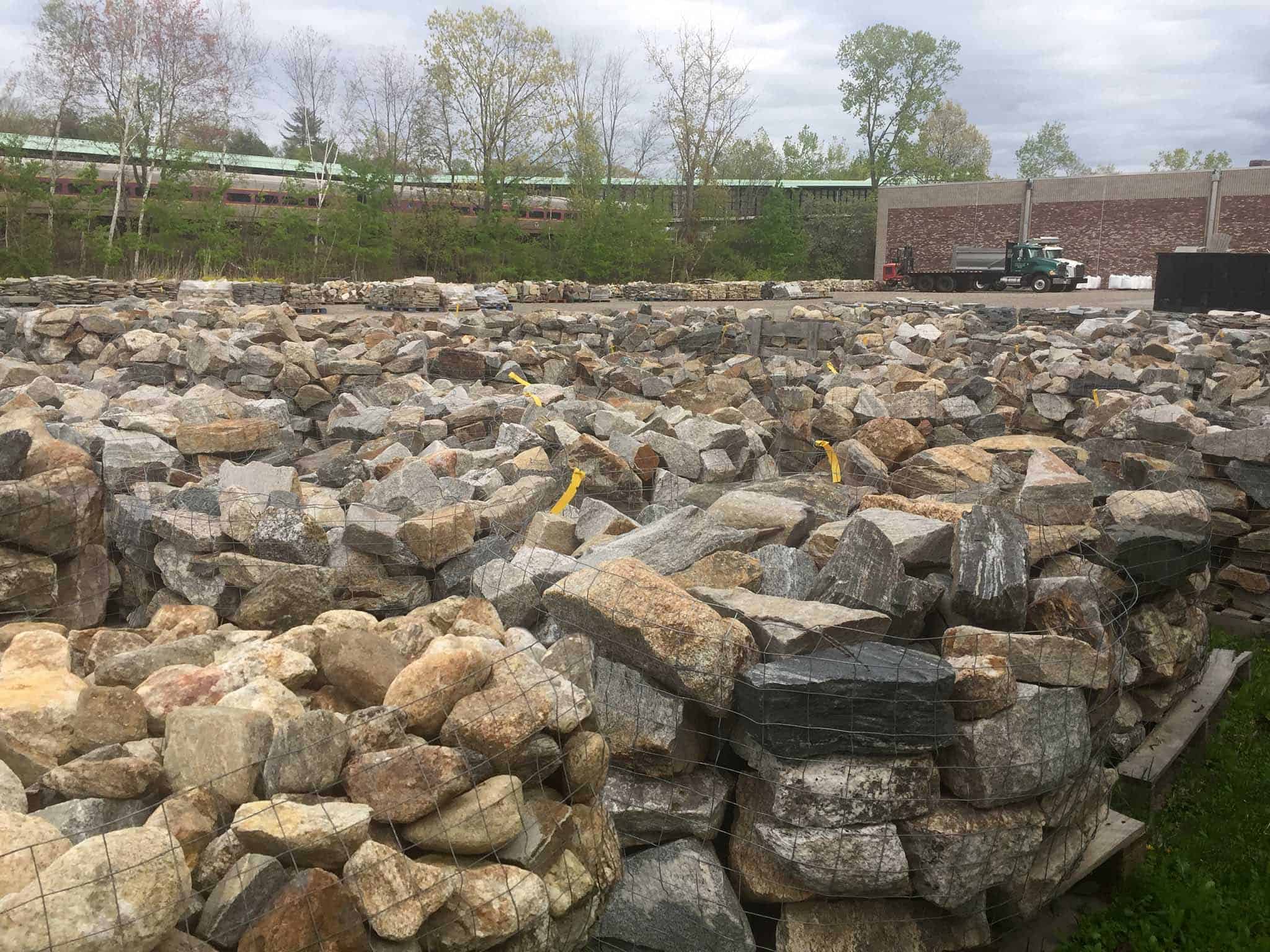
Natural stone veneers: nature’s artistry delivered to your doorstep.
Crafted with care, they capture the raw beauty of quarries and farms.
The Extraction & Gathering Process for Natural Stones
It all begins with extracting stones from vast quarries or collecting surface stones from sprawling farmlands or abandoned stone walls.
Cutting Techniques for Natural Stones
These natural stone pieces undergo precision splitting and cutting at processing facilities, using state-of-the-art machinery.
Diamond Blade Sawing: A Revolution in Stone Cutting
This innovative technique provides superior control compared to traditional methods like blasting.
- This process reduces waste by delivering precise cuts.
- It also minimizes damage caused by vibrations during cutting.
- And let’s not forget, diamond saws can cut through rocks of any hardness level.
Despite being pricier than conventional methods, diamond sawing is worth every penny.
Comparing Durability Between Faux and Natural Stone Veneers
When it comes to durability, the battle between faux cultured stone veneer and natural stone veneer is a fascinating one.
The longevity of these materials often becomes the deciding factor for many mason contractors, architects, designers and high-end home builders.
Longevity Factors for Both Types of Veneers
Natural stone veneer siding stands out with its unmatched authenticity and robustness. It can last for centuries when properly installed and maintained. This gives them an edge in terms of resistance against environmental factors like weather changes or pests that could negatively affect their lifespan.
Faux stone veneer, however, offers significant durability thanks to its cement composition that provides strength but can fade when exposed to sunlight and water.
Cost vs Durability Analysis for Each Type of Veneer
If you’re working within a budget constraint but still want quality material, faux might be your best bet. The initial cost may be lower than natural ones, but keep in mind maintenance costs over time as well.
In contrast, if you are looking at investing more upfront, then nothing beats the originality offered by naturally occurring rocks. Their unique features retained during the cutting process make each piece stand apart from others while offering unparalleled strength, making them worth every penny spent.
Research indicates that natural stone veneer is more durable and requires less maintenance, resulting in long-term cost savings.
Durability isn’t just about how long something lasts; it’s also about maintaining aesthetic appeal throughout those years. No matter what type you choose, remember both types offer considerable resilience, ensuring your project looks stunning for ages. So weigh the pros & cons before making a decision, considering aesthetics, durability, and costs.
Variety Offered By Both Types Of Veneer
When it comes to design versatility, both faux and natural stone veneers shine in their own unique ways.
Color Variations in Manufactured and Natural Stones
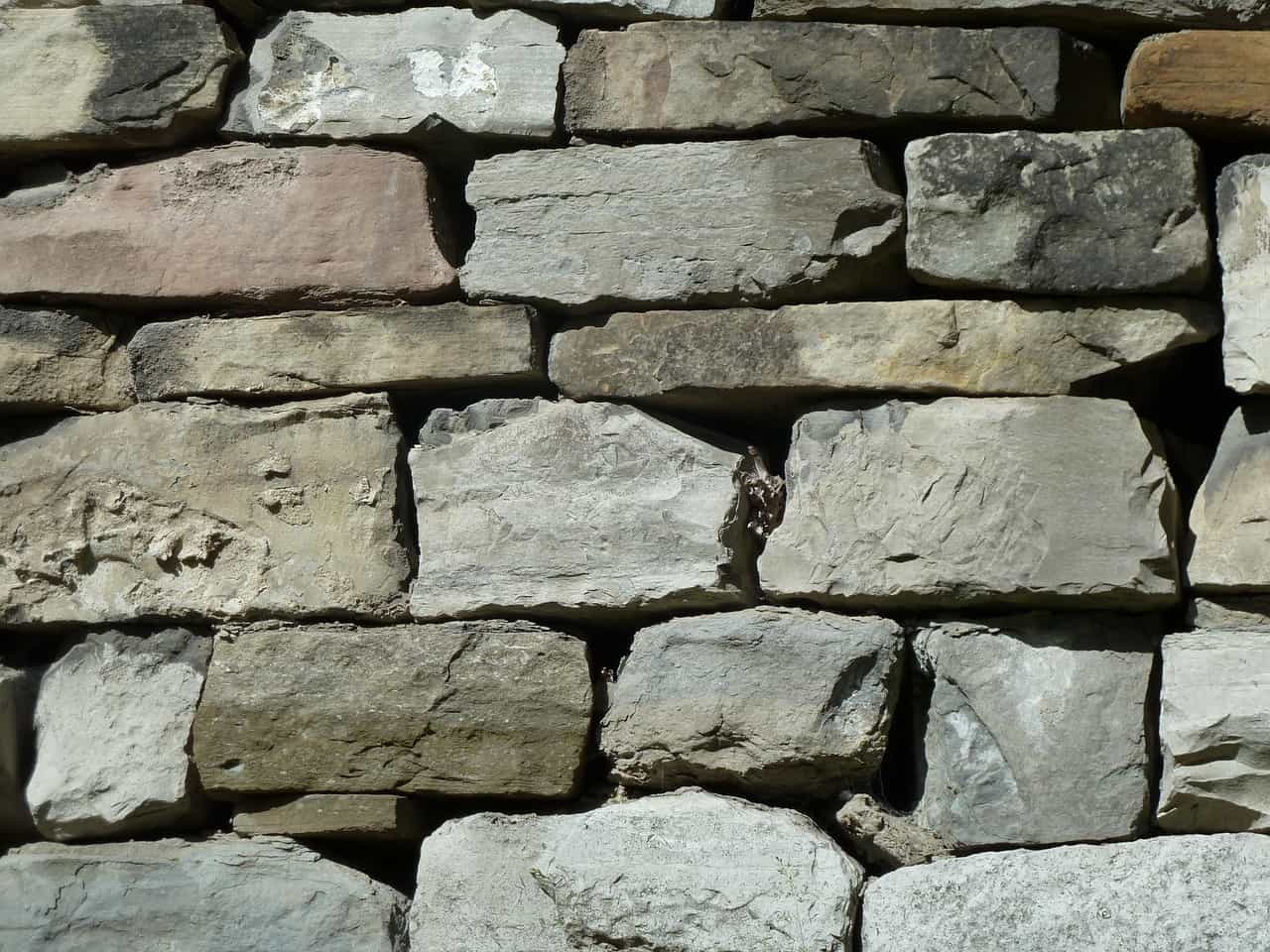
Faux stone veneer offers a rainbow of colors that can be customized to suit any aesthetic preference or project requirement. With iron-oxide pigments, you can have earthy browns, grays, vibrant reds, and blues.
In contrast to faux stone veneer, natural stones are more limited in their color range due to the minerals found in each quarry. Each quarry offers its own distinct hue based on the minerals present, from limestone’s soft whites and creams to granite’s dramatic blacks and speckled greys. Check out this link to explore the fascinating world of rocks.
Design Versatility Provided By Each Type
Faux stone veneers give you the power to design your dream space with control over color, shape, size, and texture. The possibilities are endless, thanks to the man-made creation process. If you’re looking for uniformity, faux stone veneers are your best bet; on the other hand, natural stones offer unique charm and character.
On the other hand, natural stones bring an element of unpredictability. No two pieces will ever look exactly the same, adding character and raw charm to your space. Embrace the beauty of imperfection.
Choosing natural stone veneer. Whether you choose manufactured or naturally occurring veneer, remember to find the perfect balance between personal style, functionality, budget, and longevity. Let your living area or outdoor patio shine with elegance and sophistication.
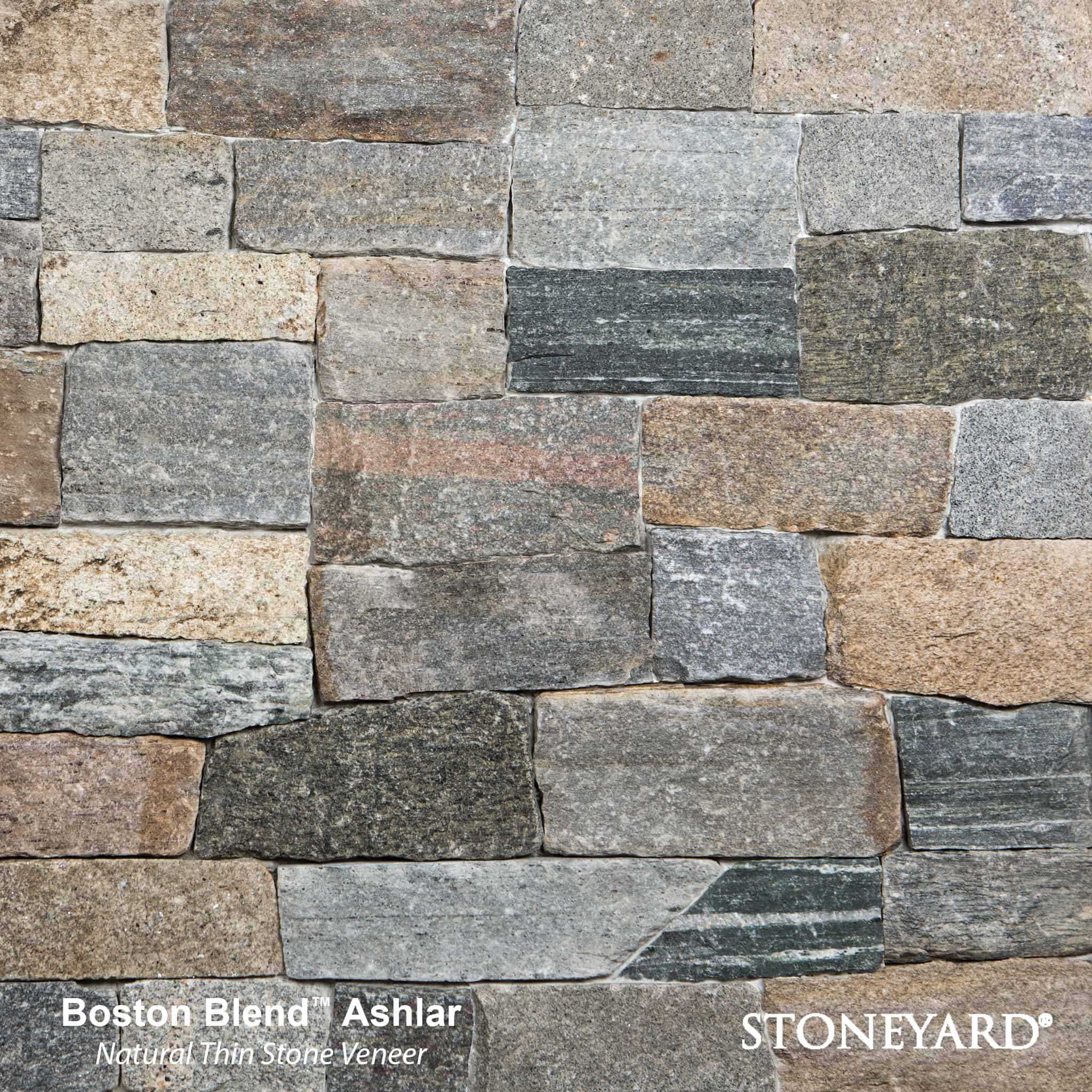
Stoneyard.com’s Contribution to Celebrating Nature’s Artistry
At Stoneyard.com, we adore nature’s beauty. We bring this beauty to your homes and projects with our exquisite natural stone veneers.
Range of Products Available at Stoneyard.com
Expect a diverse selection of naturally occurring stones from us.
No two pieces are the same, each one as unique as nature intended.
This diversity offers architects, mason contractors, and high-end home builders a plethora of choices that cater to both aesthetics and project requirements.
FAQs in Relation to Natural Stone Veneer
What is natural stone veneer?
Natural stone thin veneer is created using authentic, natural stone to provide buildings with the appearance of being constructed from full thickness building stone, while avoiding the added weight and installation expenses.
What is the difference between faux stone veneer and natural stone?
Faux stone veneer is the knockoff version of natural stone, trying its best to imitate the real deal but falling short in authenticity and uniqueness.
What is the purpose of Stone Veneers?
Stone veneers are like makeup for buildings, giving them a beautiful exterior while also protecting them from the harsh elements of Mother Nature.
Final Thoughts
Understanding the process and composition of faux stone veneer and natural stone veneer is crucial for mason contractors, architects, designer, home builders and homeowners.
Faux stone veneer is created using molds and a special mixture, while natural stone veneer undergoes an extraction process and cutting techniques to keep its unique features.
Both types of veneers have their strengths when it comes to durability – natural stone veneer offers longevity with its authentic composition, while faux stone veneer provides cost-effectiveness and uniformity.
And hey, both options offer a wide variety of colors and design versatility, so you can get creative with your project.
If you’re in the market for quality natural stone veneer products that celebrate nature’s artistry, check out Stoneyard.com – we’ve got a range of options available.
Whether you choose faux or natural stone veneers, they’ll add elegance and beauty to any space.
